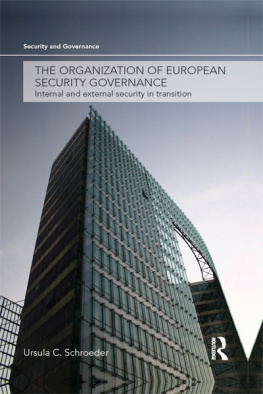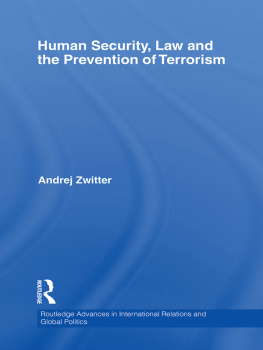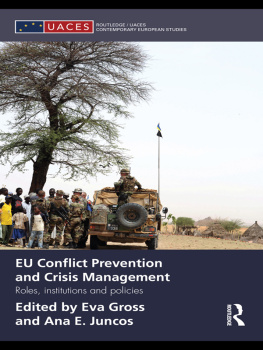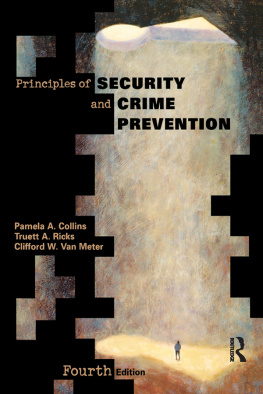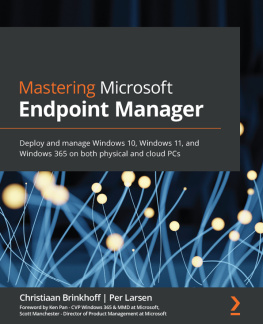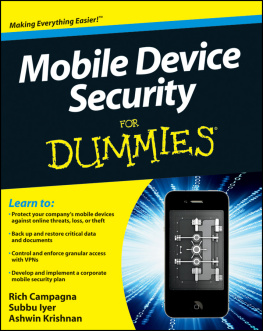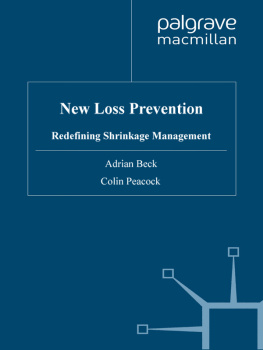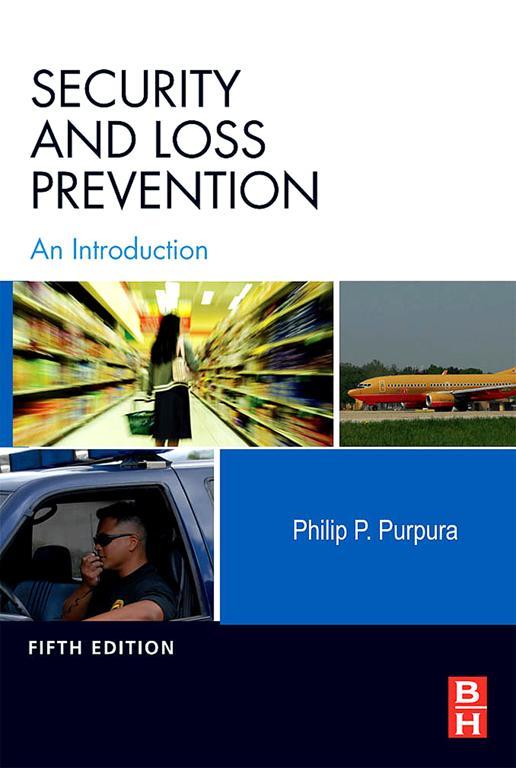Philip P. Purpura, Certified Protection Professional, is a college educator, consultant, expert witness, and writer. He is Director of the Security Training Institute and Resource Center and Coordinator of the Security for Houses of Worship Project in South Carolina. Purpura began his security career in New York City and held management and proprietary and contract investigative positions. He also worked with a public police agency. Purpura is the author of six other books: Terrorism and Homeland Security: An Introduction with Applications (Burlington, MA: Elsevier Butterworth-Heinemann, 2007); Security Handbook, 2nd ed. (Boston, MA: Butterworth-Heinemann, 2003; Albany, NY: Delmar, 1991); Police & Community: Concepts & Cases (Needham, MA: Allyn & Bacon, 2001); Criminal Justice: An Introduction (Boston, MA: Butterworth-Heinemann, 1997); Retail Security & Shrinkage Protection (Boston, MA: Butterworth-Heinemann, 1993); and Modern Security & Loss Prevention Management (Boston, MA: Butterworth, 1989). Purpura was contributing editor to three security periodicals; wrote numerous articles published in journals, magazines, and newsletters; and has been involved in a variety of editorial projects for publishers. He holds an associates degree in police science from the State University of New York at Farmingdale, and bachelors and masters degrees in criminal justice from the University of Dayton and Eastern Kentucky University, respectively. He also studied in several foreign countries. He serves on the ASIS International Council on Academic Programs.
Preface
The fifth edition of Security and Loss Prevention: An Introduction continues to draw on many disciplines for answers to protection challenges facing practitioners while helping the reader to understand the security and loss prevention profession. A major focus is placed on loss problems and countermeasures.
Terminology, concepts, and theories, at the foundation of this profession, are emphasized. The book has been updated with newer laws, statistics, research, strategies of protection, technology, events, and issues. At the same time, the contents retain basic information on the body of knowledge of security and loss prevention.
The many disciplines within this book include law, criminal justice, business, accounting, risk management, emergency management, fire protection, safety, sociology, and psychology. The publications supporting this book include articles from journals and a variety of other periodicals, books, research reports from numerous organizations, codes, and guidelines. The book has been updated and aligned with ASIS International research on security tasks, knowledge, and skills of practitioners.
A major change is the inclusion of . These chapters explain the threats of terrorism, natural disasters, and accidents, while including an all hazards preparation and protection approach. Public and private sector strategies and issues are explained. The book shows an awareness that, beyond the attention terrorism has received since the 9/11 attacks, security and loss prevention practitioners continue to face the same basic challenges they faced prior to the attacks, such as violence in the workplace, theft, and cybercrime.
Several new topics are included in the fifth edition. Examples are internal and external metrics, competitive bidding, contract life management, digital evidence, globalization, homeland security, pandemics, quarantine enforcement, and the cascade effect.
Because we are in the information age and the protection of both information technology (IT) and information are so important today, a major theme of this book is to connect the traditional security manager and physical security specialist to IT security. This is not a claim to make the reader an IT security expert. Rather, the reader will learn about similarities and differences of physical and IT security; internal and external IT risks and countermeasures; and the mindset of the IT security specialist. The convergence of physical security and IT security, as covered in the contents, makes an understanding of IT especially important to the security and loss prevention practitioner. Our information age has brought with it an explosion of data, information, and hype that challenge us to probe and shape knowledge for our personal and professional life. To assist the reader, ), practitioners will benefit by thinking critically as they plan, select vendors, and implement and manage security strategies that will make or break their careers.
The fifth edition includes learning objectives and key terms at the beginning of each chapter, key terms in bold within each chapter, definitions, examples, illustrations, photos, boxed scenarios, boxed international topics for global perspectives, and career boxes that explain various specializations in security.
The student or practitioner will find this book to be user-friendly and interactive, as in previous editions. Several features will assist the reader in understanding not only the basics but also the reality of the field. The reader is placed in the role of the practitioner through various exercises. Within each chapter, the loss problems are described and are followed by a discussion of the nuts-and-bolts countermeasures. Sidebars in each chapter emphasize significant points and facilitate critical thinking about security issues. Cases titled You Be the Judge appear in the text. These fictional accounts of actual cases deal with security-related legal problems. The reader is asked for a verdict based on the material at hand and then is directed to the end of the chapter for the courts ruling. Additional boxed cases appear in chapters and offer bits of interesting information or analyze a loss problem relevant to the subject matter of the chapter. The case problems at the ends of chapters bridge theory to practice and ask the reader to apply the general concepts of the chapter to real-world situations. These exercises enable the student to improve analytical and decision-making skills, consider alternative strategies, stimulate controversy in group discussions, make mistakes and receive feedback, and understand corporate culture and ethical guidelines.


